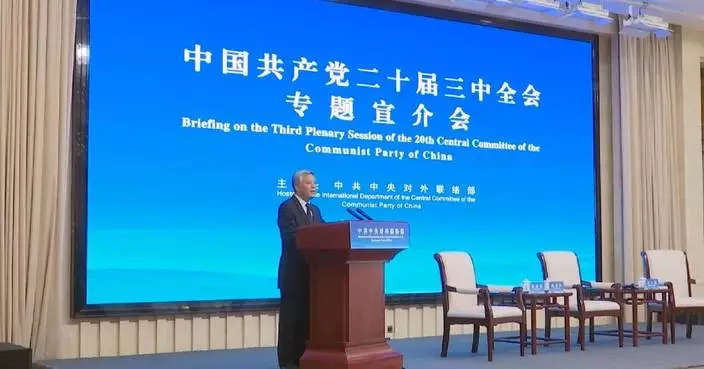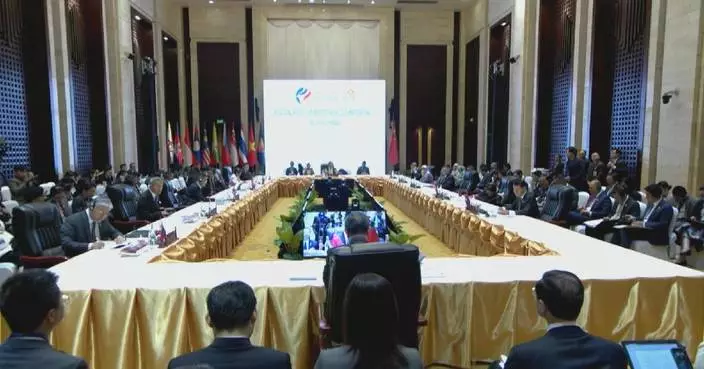Zeiss, a renowned German optics manufacturer, expressed its strong confidence in the Chinese market, as China's industrial upgrade efforts, investment, and research and development will continue to contribute to its economic growth.
Maximilian Foerst, the President and CEO of Zeiss Greater China , shared an optimistic outlook on the future of the Chinese market and emphasizes the critical role of the Chinese market for multinational success in a news program of China Global Television Network (CGTN).
Foerst stated that China's significance for Zeiss has remained consistent over time and continues to grow. Noting China's contribution to global economic growth from 2023 to 2028, Foerst said that China remains a major market that is essential for the success of a global multinational company.
"The position of China for Zeiss has not changed dramatically through all these time. I think the importance of China is still there and continues growing," said Foerst.
"I'll put it in a quite simple way. Actually, if you look at the expected global economic growth from 2023 to 2028, of the absolute amount of wealth created in the world, more than 20 percent will be generated by China. This is double what is going to be generated by the U.S. economy, which means for a company, a multinational like Zeiss, which is currently making 80 percent of its business revenue, innovation, and manufacturing outside of its borders, China is the major market. You cannot be successful as a global multinational nowadays without being heavily and strongly engaged in the China market," Foerst continued.
Foerst commended China's long-term development trajectory, describing it as positive and forward-looking.
He also highlighted China's investments in industrial upgrades, research and development, and innovation as contributing factors to the country's economic growth in the medium and long term.
Expressing the company's firm belief in the continuous growth of the Chinese market, Foerst said that Zeiss is doubling down on its investments.
"If you're looking at this in terms of investments and companies investing, every company obviously has its own reasons, but if I look at Zeiss, we clearly believe in the continued growth of the China market, and we are actually doubling down on our investments. We see more and more innovation coming out of China, and as a global company, we must be present in the market here with the local researchers, with the local partners to drive, but also to benefit from the innovation which is happening in the country," said Foerst.

Germany’s Zeiss shares optimistic outlook on future of Chinese market

Germany’s Zeiss shares optimistic outlook on future of Chinese market









